What The 3-3-3 Rule Means For Your New Dog’s Adjustment Period
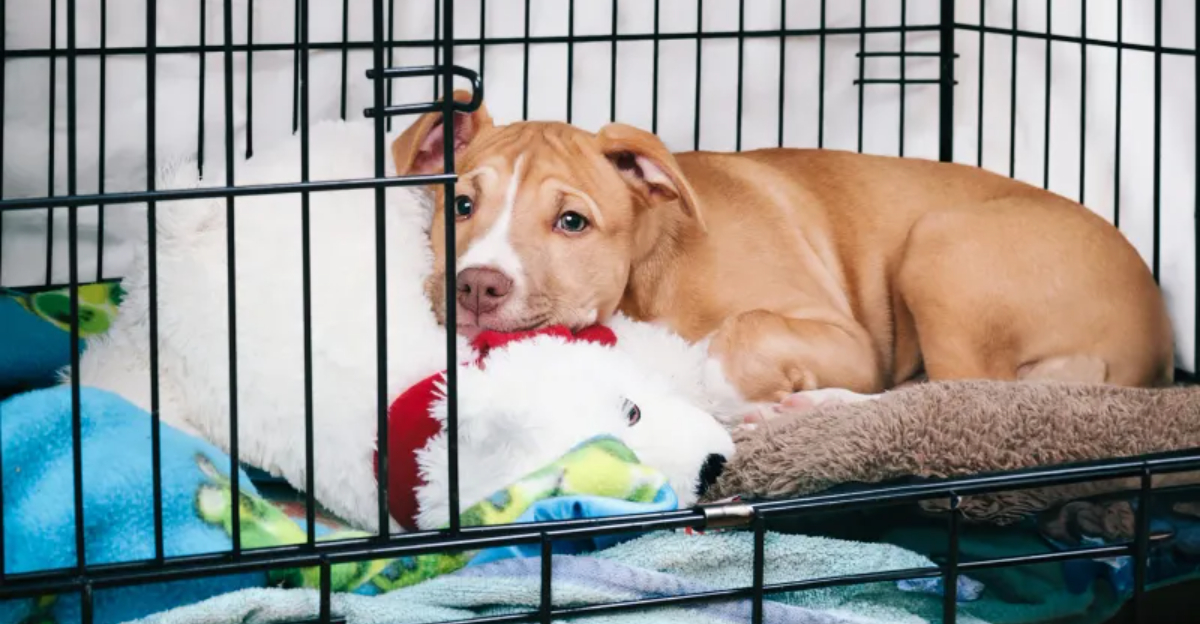
Bringing a new dog home is exciting, but your furry friend needs time to adjust to their new surroundings. The 3-3-3 rule helps pet parents understand what to expect during those crucial first months.
This simple guideline breaks down your dog’s adjustment into three key timeframes: 3 days, 3 weeks, and 3 months. Following this rule can make the transition smoother for both you and your new best friend.
1. Understanding The 3-3-3 Rule And Its Impact On Your Dog’s Adjustment
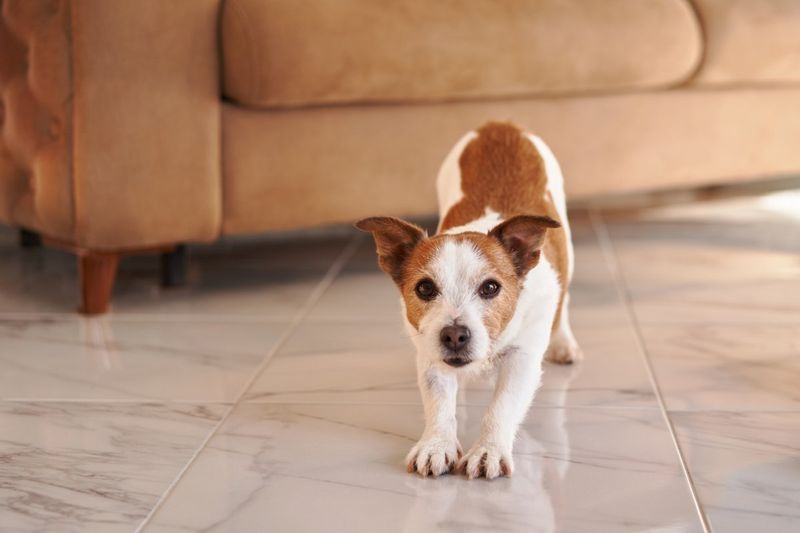
The 3-3-3 rule is a simple roadmap for your dog’s adjustment journey. Think of it as your dog’s emotional GPS during a major life change.
Dogs need different types of support at each stage – first 3 days (overwhelm), next 3 weeks (testing boundaries), and final 3 months (settling in). This timeline isn’t exact for every dog, but it gives you realistic expectations about your new pet’s adjustment.
Rescue dogs especially benefit from this understanding, as many have experienced trauma or multiple homes. Knowing these phases helps you respond with the right mix of patience, structure, and affection when your dog needs it most.
2. The First 3 Days: Helping Your New Dog Feel Safe And Secure

Those first 72 hours are overwhelming for your new dog. Your home smells different, sounds strange, and nothing feels familiar. Many dogs barely eat or drink during this time – that’s normal!
Create a quiet space with minimal traffic where your dog can retreat. A crate with a comfy bed works perfectly. Keep interactions gentle and predictable, avoiding loud noises or sudden movements.
Resist the urge to introduce your dog to everyone you know. Your pup needs time to bond with immediate family first. Follow a consistent schedule for meals, potty breaks, and short walks to start building security through routine.
3. The Next 3 Weeks: Building Trust And Establishing Routine
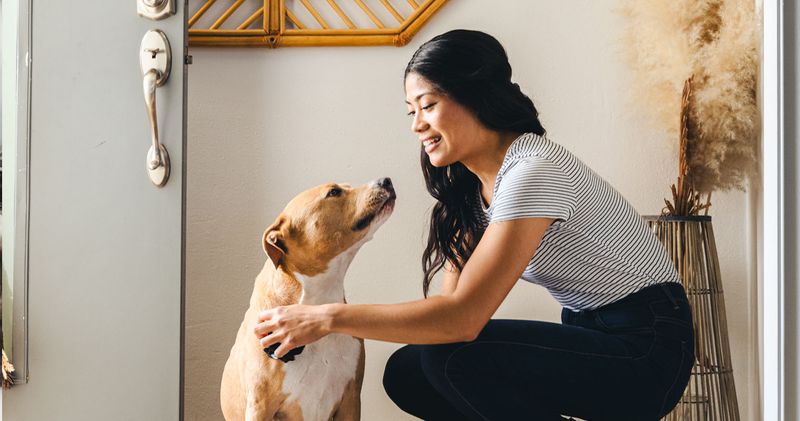
Your dog’s personality starts emerging during weeks 1-3. That shy pup might suddenly discover their playful side! This period is when your dog begins testing boundaries – like a toddler figuring out the rules.
Consistency becomes your best friend now. Feed, walk, and play at the same times daily. Your dog learns to trust that good things happen predictably, reducing anxiety.
Start basic training with short, positive sessions using treats and praise. This mental stimulation helps build confidence. Watch for signs your dog is relaxing – sleeping belly-up, initiating play, or seeking affection. These are golden moments showing trust is growing!
4. The Final 3 Months: Helping Your Dog Settle In Long-Term
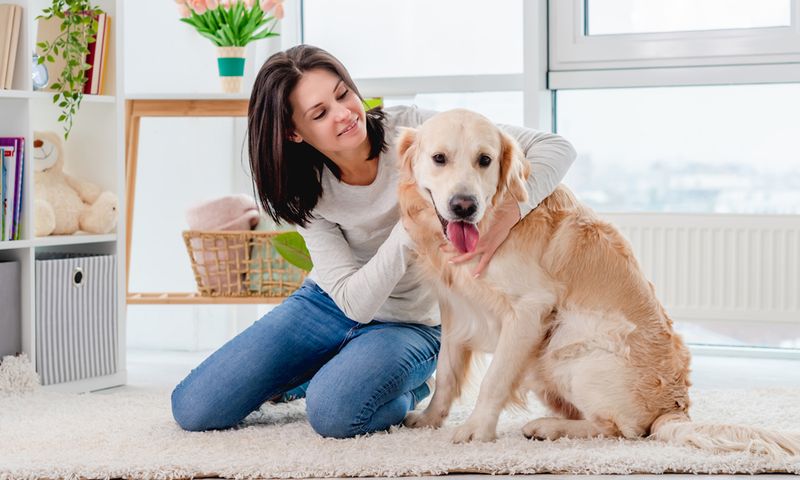
By month three, your dog starts feeling truly at home. The nervous behaviors fade as your pup realizes this place is permanent. Now’s the time to work on any lingering behavior issues with consistent training.
Your dog understands the household rhythm and their place in it. They recognize family members’ routines and often adjust their behavior accordingly – like knowing when it’s walk time or when you’re heading to work.
Many dogs show their true personality only after this three-month mark. That quiet dog might become quite chatty! Celebrate this milestone, but remember some dogs, especially those with difficult pasts, may need longer to fully settle in.
5. What To Expect During The First Month With Your New Dog
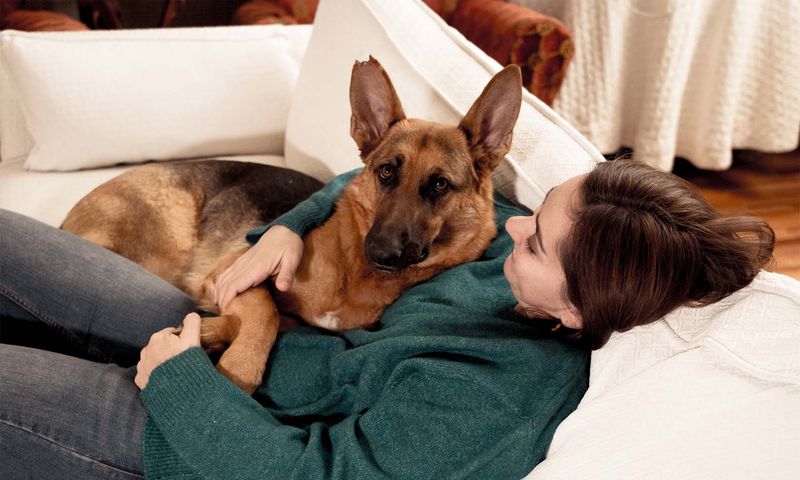
The first month brings a rollercoaster of dog behaviors. Week one: your dog might seem perfect – quiet, cautious, and following you everywhere. Don’t be fooled! This “honeymoon period” happens because your dog is still figuring things out.
Weeks two and three often bring the real personality out. Suddenly your angel might chew shoes, bark at the mailman, or ignore commands they followed perfectly before. This isn’t bad behavior – it’s your dog feeling secure enough to be themselves!
Sleep disruptions are common as your dog adjusts to new sounds and schedules. Prepare for possible house-training regression too. Stay patient and maintain consistent boundaries during this critical time.
6. The 3-3-3 Rule: How To Support Your Dog Through Each Transition Phase
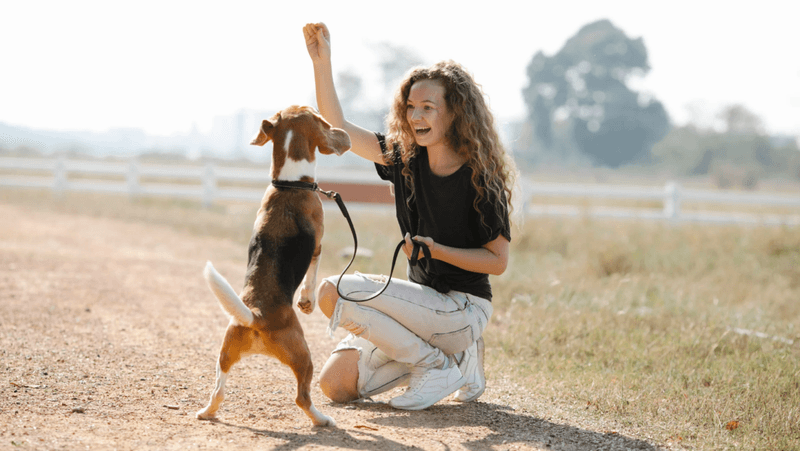
During the first 3 days, focus on creating calm. Speak softly, move slowly, and give your dog space to decompress. A regular feeding and potty schedule provides much-needed structure when everything feels chaotic to your dog.
For the 3-week phase, gradually introduce new experiences – short car rides, meeting calm friends, or exploring quiet parks. Keep these interactions positive and brief. If your dog seems overwhelmed, take a step back.
The 3-month period is perfect for deepening training and socialization. Enroll in a positive reinforcement training class or arrange playdates with friendly dogs. Remember that progress isn’t linear – some days will feel like setbacks, but that’s normal in any relationship!
7. Why Patience Is Key During Your Dog’s First 3 Months
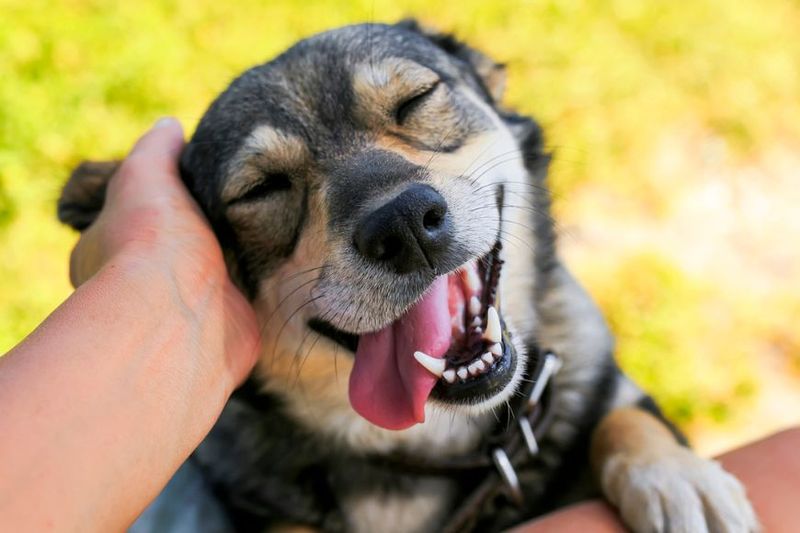
Your new dog doesn’t understand why their world suddenly changed. Imagine being dropped into a foreign country where you don’t speak the language – that’s how overwhelming a new home feels to your dog!
Dogs can’t ask questions when confused. Instead, they communicate through behavior – hiding, barking, or even having accidents despite being house-trained. These aren’t signs of a “bad dog” but of one who needs more time to adjust.
Progress happens in tiny steps, not giant leaps. That moment your shy rescue dog first wags their tail at you might seem small, but it represents a huge breakthrough in trust. Celebrate these victories! Your patience creates the safety your dog needs to become their best self.
8. How To Make The First 3 Days, 3 Weeks, And 3 Months Count
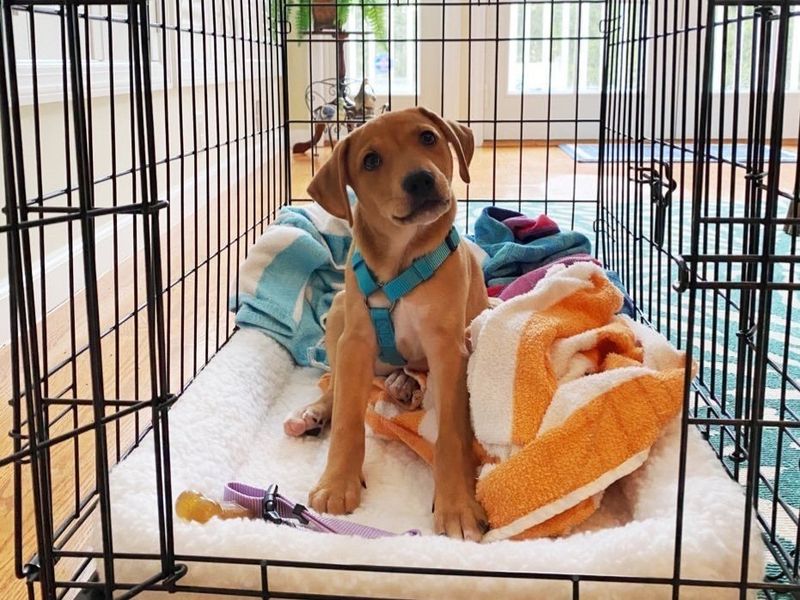
First 3 days: Create a “decompression bubble” by limiting visitors and keeping noise low. A structured schedule helps your dog predict what happens next, reducing anxiety. Take slow, quiet walks in uncrowded areas to build positive associations with you.
First 3 weeks: Introduce house rules consistently but gently. Start teaching basic commands using positive reinforcement – treats, praise, and play. Keep training sessions short (5 minutes max) and fun.
First 3 months: Gradually expand your dog’s world. Visit different parks, meet dog-friendly neighbors, and experience various environments. Watch for stress signals like excessive panting or hiding, and respect when your dog needs a break. Each positive experience builds confidence for the next adventure!
9. The Emotional Rollercoaster: What Happens At Each Stage Of The 3-3-3 Rule

First 3 days bring shutdown behaviors – your dog might seem unusually quiet or withdrawn. Some hide under furniture while others follow you like a shadow. These aren’t their true personalities but stress responses to major change.
The 3-week mark often brings surprising behavior shifts. That quiet dog might find their bark! Testing boundaries happens as your dog gains confidence – counter-surfing, ignoring commands, or playing keep-away with your socks.
By 3 months, emotional stability emerges. Your dog shows genuine joy rather than nervous energy. They seek affection because they want connection, not just security. The biggest transformation? Your dog now sees you as family rather than just a caregiver. That’s when the real relationship begins!
10. How To Keep Your Dog Comfortable Through The 3-3-3 Adjustment Period
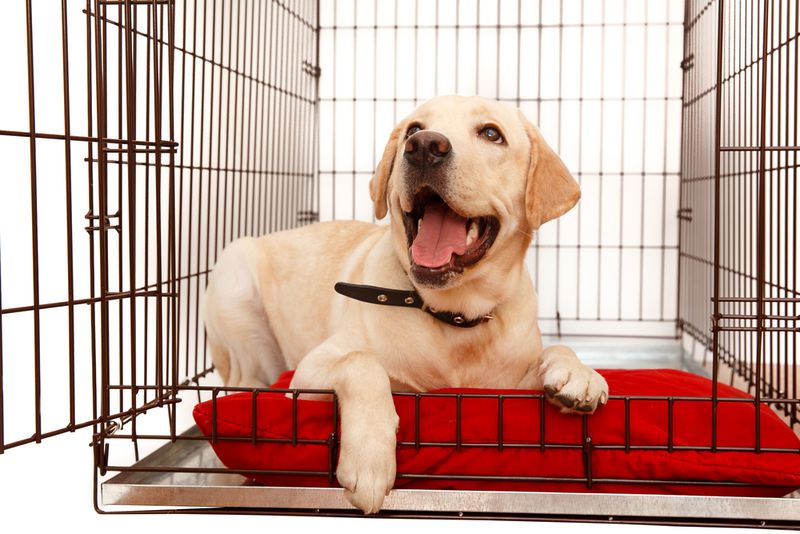
Familiar scents provide instant comfort during stressful transitions. Ask the shelter or previous owner for a blanket with your dog’s scent, or bring something with the littermates’ smell for puppies. This creates an olfactory bridge between their past and present.
Establish a safe zone where your dog can retreat when overwhelmed. A crate covered with a blanket creates a den-like sanctuary. Never force interaction when your dog seeks this space – respect builds trust!
Maintain predictable energy in your home. Dogs are incredibly sensitive to human emotions. Your calm, positive attitude reassures your dog that all is well, even when they feel uncertain. This emotional consistency becomes their anchor during the adjustment rollercoaster.
11. Recognizing Behavioral Changes During Your Dog’s 3-3-3 Journey

Watch for subtle body language shifts that signal adjustment progress. A dog with a loose, wiggling body has overcome initial tension. Soft eyes and relaxed ears replace the vigilant, wide-eyed stare of a nervous newcomer.
Sleep patterns tell a powerful story. Initially, many dogs sleep lightly, startling at every sound. Deep sleep – complete with doggy dreams and twitching paws – shows your pup finally feels safe enough to be vulnerable.
Play behaviors evolve dramatically throughout the 3-3-3 period. A truly settled dog initiates games, brings toys to you, and shows playful “bowing” postures. These joy-filled moments might not happen until month two or three, but they’re worth the wait! Each new behavior is your dog’s way of saying, “I’m home.”






